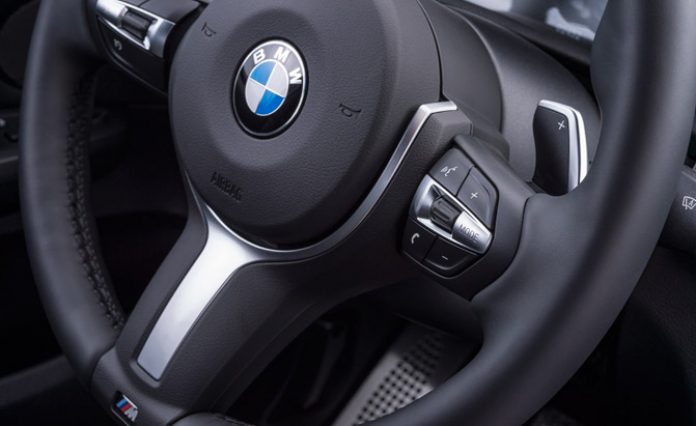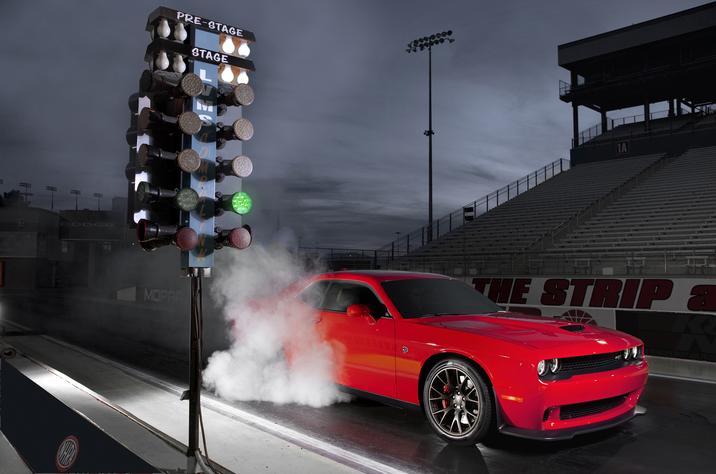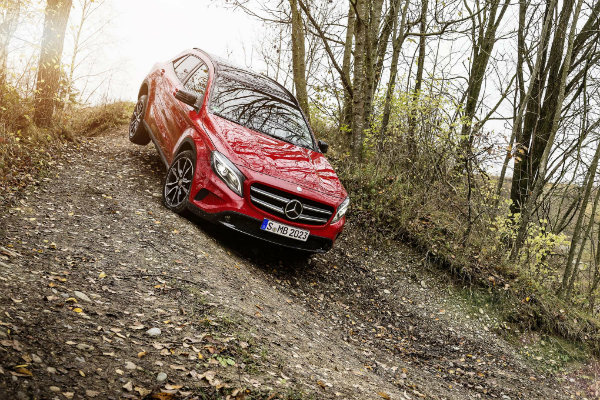In most cars, paddle shifters are used to change a gear a step up or down. Typically, the paddle on the right side of the wheel is an upshift, and the paddle on the left is a downshift.

The real application of a paddle shifter shines through on a race track. By using it with the track mode, the rev limiter activates and restricts the maximum rotational speed of the car’s internal combustion engine for safe racing and fast shifting experience.

While towing, this is especially helpful when descending down long grades where you may want the engine/transmission to help control weight. By using the paddle shifters, you can have the truck downshift to keep the load controlled, all without having your hands leave the wheel. When towing with SUVs or crossovers equipped paddle shifters, for example, the Jeep Grand Cherokee or Subaru Outback, users can use the paddle shifters to quickly change gears when approaching a hill, to maintain solid acceleration. The opposite is also true: they can manually engine brake the vehicle when descending a hill or approaching traffic. Transmissions can’t see hills like the driver can, so changing gear in anticipation of a ascent or descent will allow for a smoother drive.

Most up-to-date cars come with snow mode to prevent the vehicle from slipping on snowy tracks. A paddle shifter is a more conventional way to transfer this power over to the driver’s hands. You can manually limit the torque sent to the wheels and prevent wheel spin on a slithery track.



